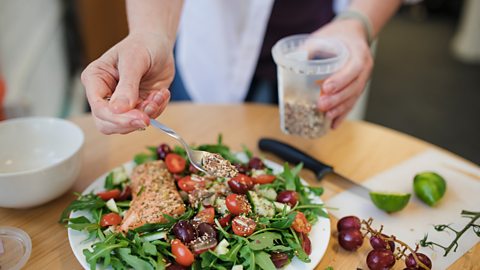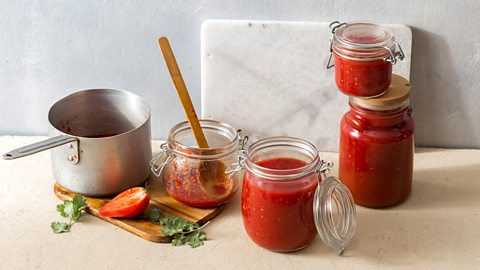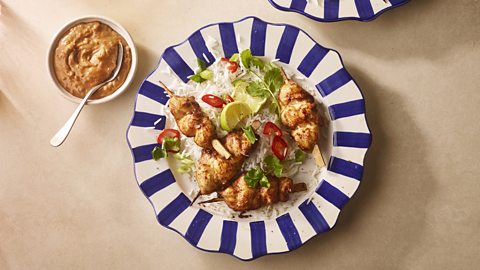Which pandemic food trends are here to stay?
Dining outside restaurants and pubs all year round, making more of our meals from kits, ordering veg boxes, and growing our own fruit and veg – the pandemic reshaped what and how we eat in many ways beyond the boom in online supermarket shopping. Now, as most of the legal restrictions due to Covid-19 come to an end, could these trends become part of the new ‘new normal’?
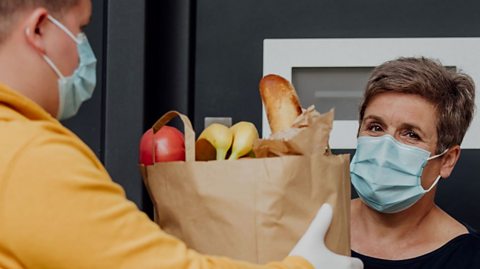
Al fresco dining and drinking
Many restaurants, bars and pubs have offered al fresco dining during the pandemic. Across the country tables have popped up on pavements and in streets, due to pavement licences with application fees capped at £100, introduced last summer. Fewer than 40 percent of licenced premises in Britain have an outdoor area, such as a garden or car park, to seat guests, according to a March 2021 study, so for many these licences have been a lifeline. They have recently been extended for a year, so we look set to continue our continental café culture into next summer.
This could be extended for longer in some city areas. Part of the Northern Quarter in Manchester is to be permanently pedestrianised following positive feedback on measures taken last May. These have seen the bustling Thomas Street closed to traffic for most of the day, allowing bars and restaurants to set out seating areas along the road. Discussions are ongoing about this being expanded into the surrounding streets too. “Temporary and timed pedestrianisation” and “extended outdoor seating” are also listed as a key part of the Mayor of London’s Covid-19 nightlife recovery plan, after precedents were set by various ‘streatery’ projects across the capital in 2020.
It’s clear many people are willing to dine outside in some circumstances. A YouGov poll in May this year found 41 percent of respondents would prefer to sit outside a restaurant at that time, even if the weather was “okay (but not great)”. But it’s too early to tell whether the public will continue to embrace outdoor eating outside of the summer.

Meal kits
The popularity of meal kits has massively grown since March 2020. With pre-portioned ingredients and easy-to-follow recipes, they offer to save customers time spent planning meals and shopping. Mintel’s Global Food and Drink Analyst Ayisha Koyenikan says they provided “inspiration to frazzled home cooks who simply did not have the bandwidth to come up with new ideas” during the pandemic.
Early in the pandemic, HelloFresh, one of the big market players, faced such high demand that it was forced to close to new customers for a month and took on 3,000 extra staff. Meanwhile, rival firm Gousto more than doubled its sales in 2020. And both companies have continued to see uplifts in customer numbers this year – HelloFresh says its active user numbers were up 74.2 percent in the first three months of 2021 on the same period pre-lockdown in 2020, while Gousto sold 25 million meals in this time.
HelloFresh is reportedly confident the shift to buying food online will continue to benefit the company. But Koyenikan highlights that pre-pandemic, the price of subscription services was seen as a barrier for many consumers. She asserts that as we emerge from the pandemic to “less predictable” evening meal routines, with the return of restaurants and socialising, subscription meal kit companies “will have to offer more than basic convenience and shift the perception of value” to help them “to retain newly acquired customers and to build longer-term relationships with existing consumers”. Another issue she flags is that subscription models can mean customers require the foresight to anticipate their meal plans.
Many meal kit providers claim their pre-portioned ingredients lead to reduced food waste. But while one study concludes the environmental benefits of this outweigh the impact of excess packaging, persuading consumers of this may not be easy. Some meal kit firms are working to develop more sustainable packaging solutions. Another study found the potential environmental benefit of food deliveries may partly be dependent on consumers taking fewer trips to the supermarket, which might not be a realistic outcome if only one main meal is provided in a meal kit. One thing is for certain, it’s a complex sustainability issue for the market to grasp.
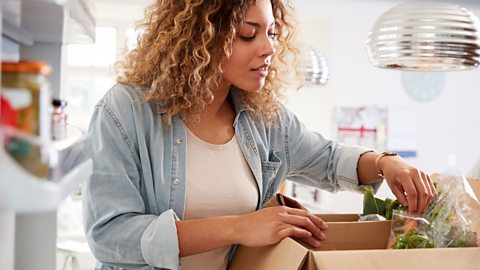
Veg boxes
Another food delivery market that’s seen a huge rise in interest during the pandemic is fruit and veg boxes. A Food Foundation survey of 101 fruit and veg delivery services found the number of boxes sold doubled during the first lockdown. In April 2020, many of these services were closed to new customers as they struggled to meet demand. Even some of the biggest players, such as Riverford and Abel & Cole, had to turn away new customers for a period at some point during the pandemic.
While a second report by the Food Foundation found veg box demand had dipped by 18 percent by late 2020, sales were still up 65 percent on February that year. Riverford has seen the boom carry through to the new financial year too, with sales up 45 percent year-on-year. Riverford MD Rob Haward has said that although he feels sales are likely to “fall from [the] current level for a period”, he expects “health, ethics and environment drivers” to fuel future growth.
However, there are potential blockers to meeting sustained demand in fruit and veg box schemes, particularly for smaller suppliers. There is a business risk for farmers in pre-empting demand and increasing planting, and farms can only keep up with higher demand if they have increased resources, whether it be land, staffing or infrastructure and logistical improvements. In the first Food Foundation survey, 63 percent of farmers said they would need investment to increase supply.
The importance of eating fruit and veg is highlighted in the recently published National Food Strategy. How the public responds to renewed calls to eat their five (or more) per day, and how these needs are met, remains to be seen.
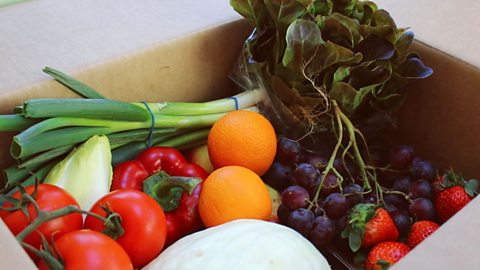
Growing your own
Britain has had a boom in grow-your-own gardening in the last 18 months. 2020 saw 3 million people take up gardening across Britain, according to research by the Horticultural Trades Association. And within the first 100 days of lockdown last year, 200 percent more people accessed the RHS’ online advice on growing food. Suttons Seeds, one of the UK’s largest seed companies, saw seed sales grow 2000 percent during the first lockdown, with 95 percent of seed packet sales being for fruit, veg and herbs. A spokesperson for Suttons says seed sales have remained high since, leading them to create new ranges aimed at novice growers.
With one in eight people in Britain having no access to a garden, rising to one in five in London, according to the National Allotment Society, allotment demand soared during the pandemic. A 2020 survey by the Association of Public Sector Excellence (APSE) found 90 percent of councils reported an increase in demand for allotments due to lockdowns. However, demand far outstripped plots available, with 66 percent of respondent councils having an average waiting list time of 18 months or more.
APSE says such high interest in allotments “shows the public value and desire to reconnect with nature” and “it may also reflect the renewed interest in the public being more self-sustainable”. An RHS-commissioned survey found seven in ten people found having a garden helped with their mental health during lockdown, too.
Garden centre sales for June 2021 are reportedly only down three percent on June 2020 and up 40 percent on the previous year, indicating many people may keep up their new green-fingered habits despite their leisure time being less restricted and the prospect of a return to the office.
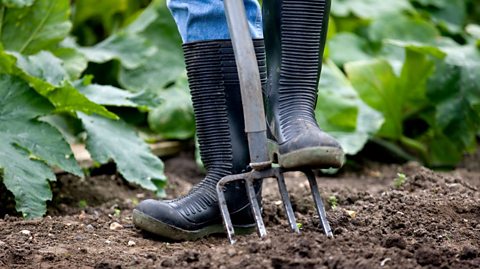
As many people are still working from home, and with UK Hospitality saying self-isolation is causing “carnage” to firms, the impact of the pandemic continues to be felt and it is too soon to be sure which changes are here to stay. But there are signs that some of the ways we shop for food and eat could have a long-term impact.
